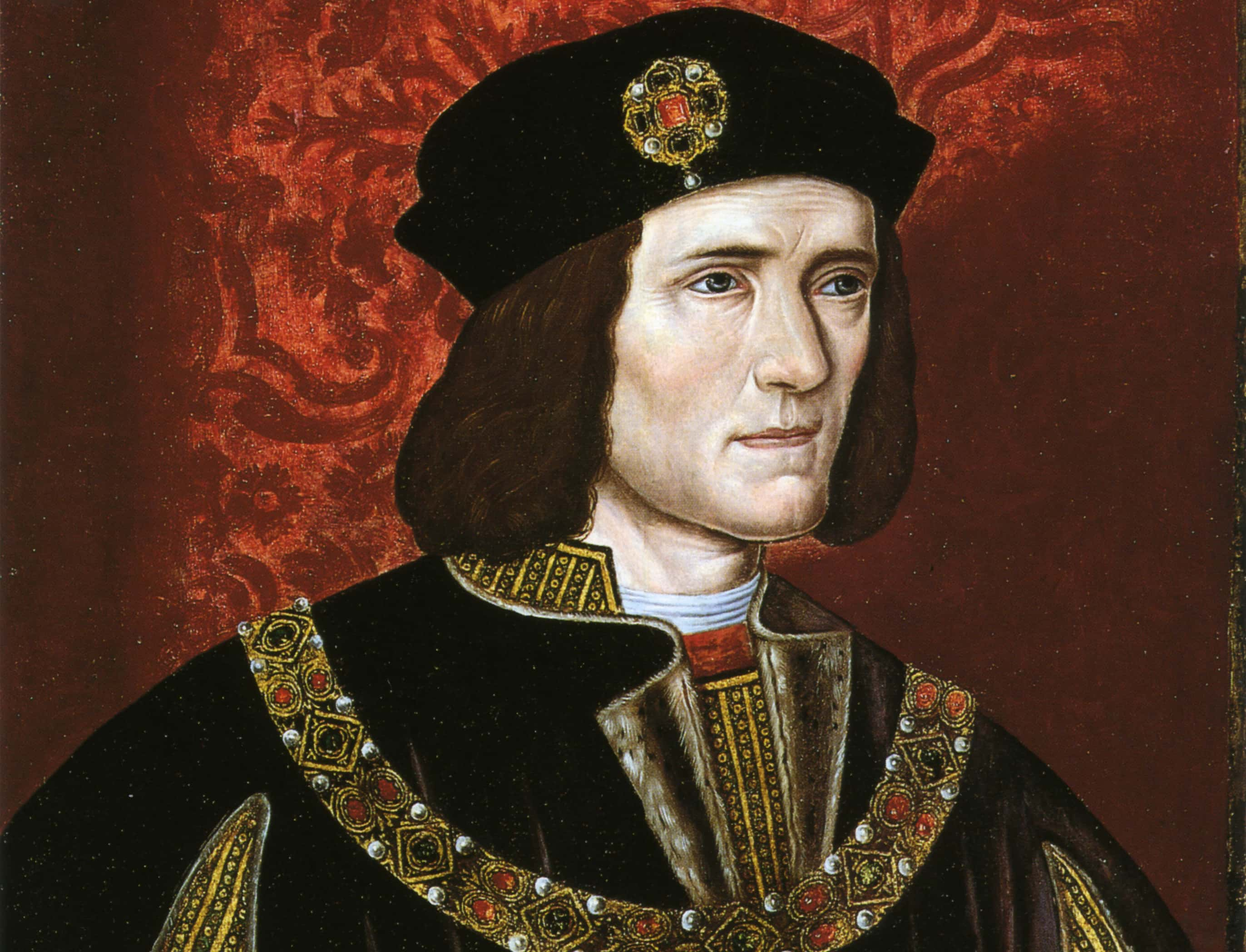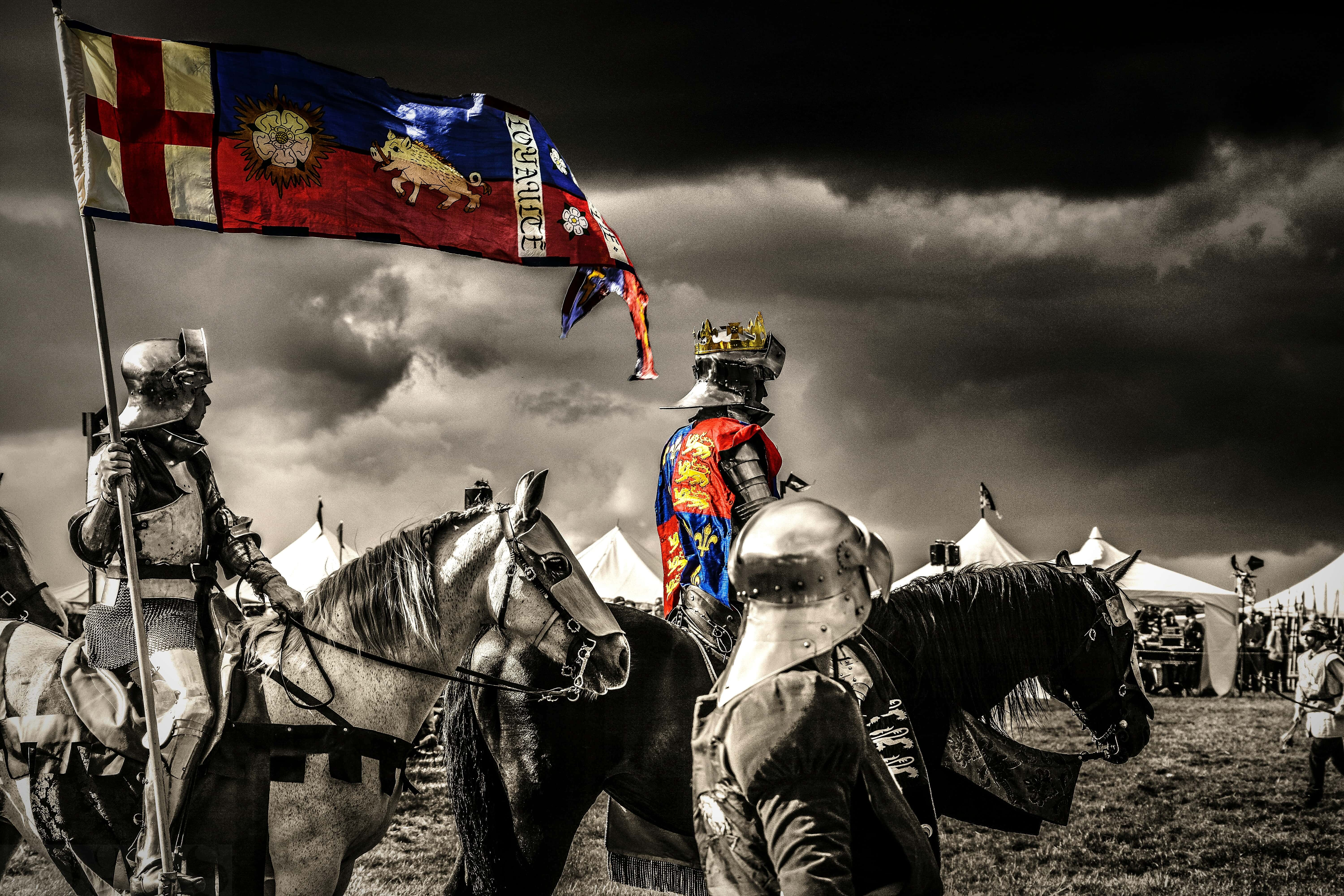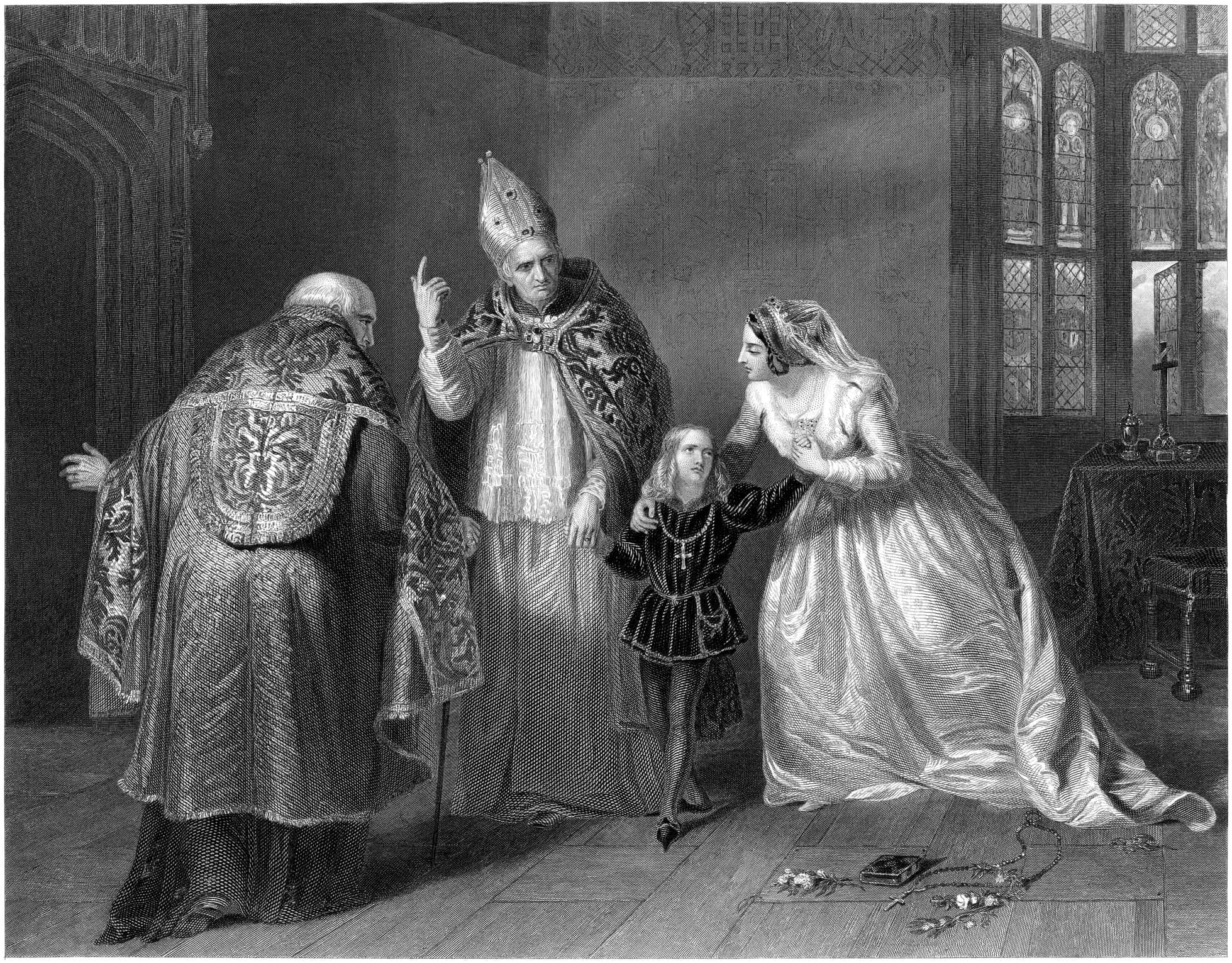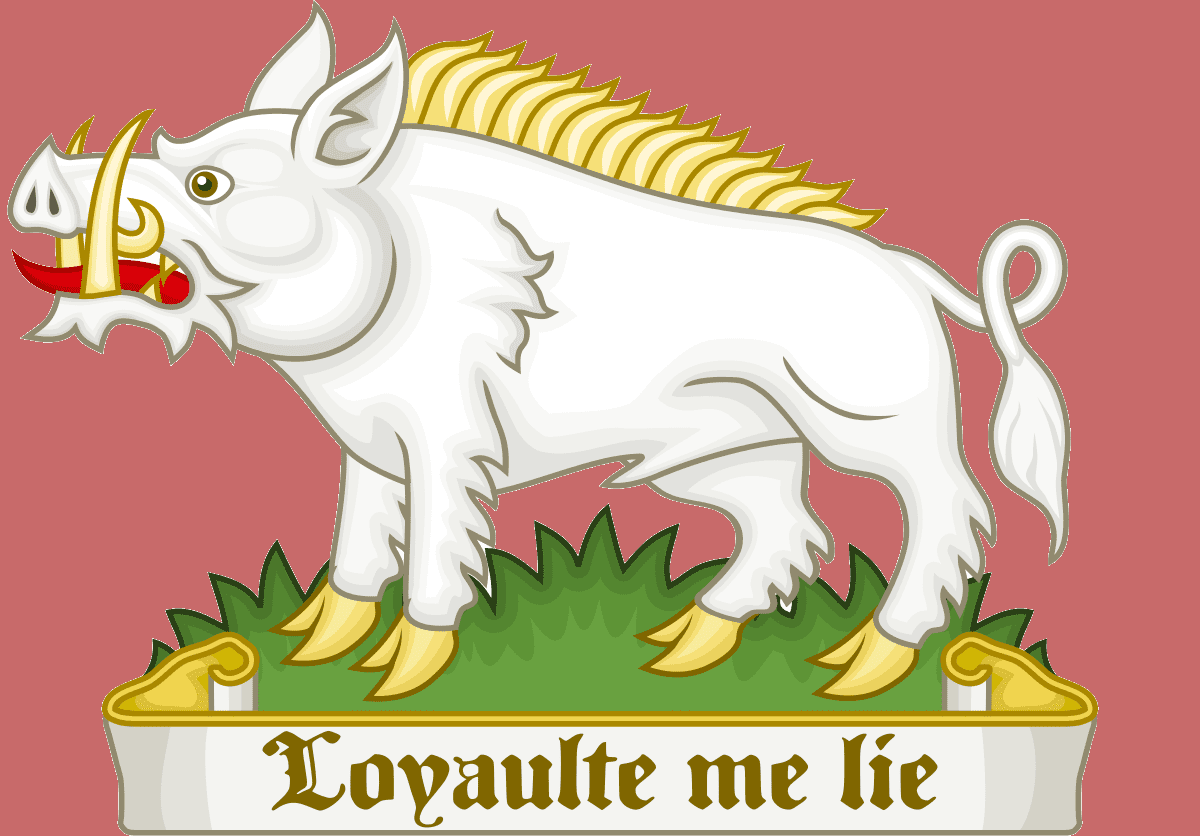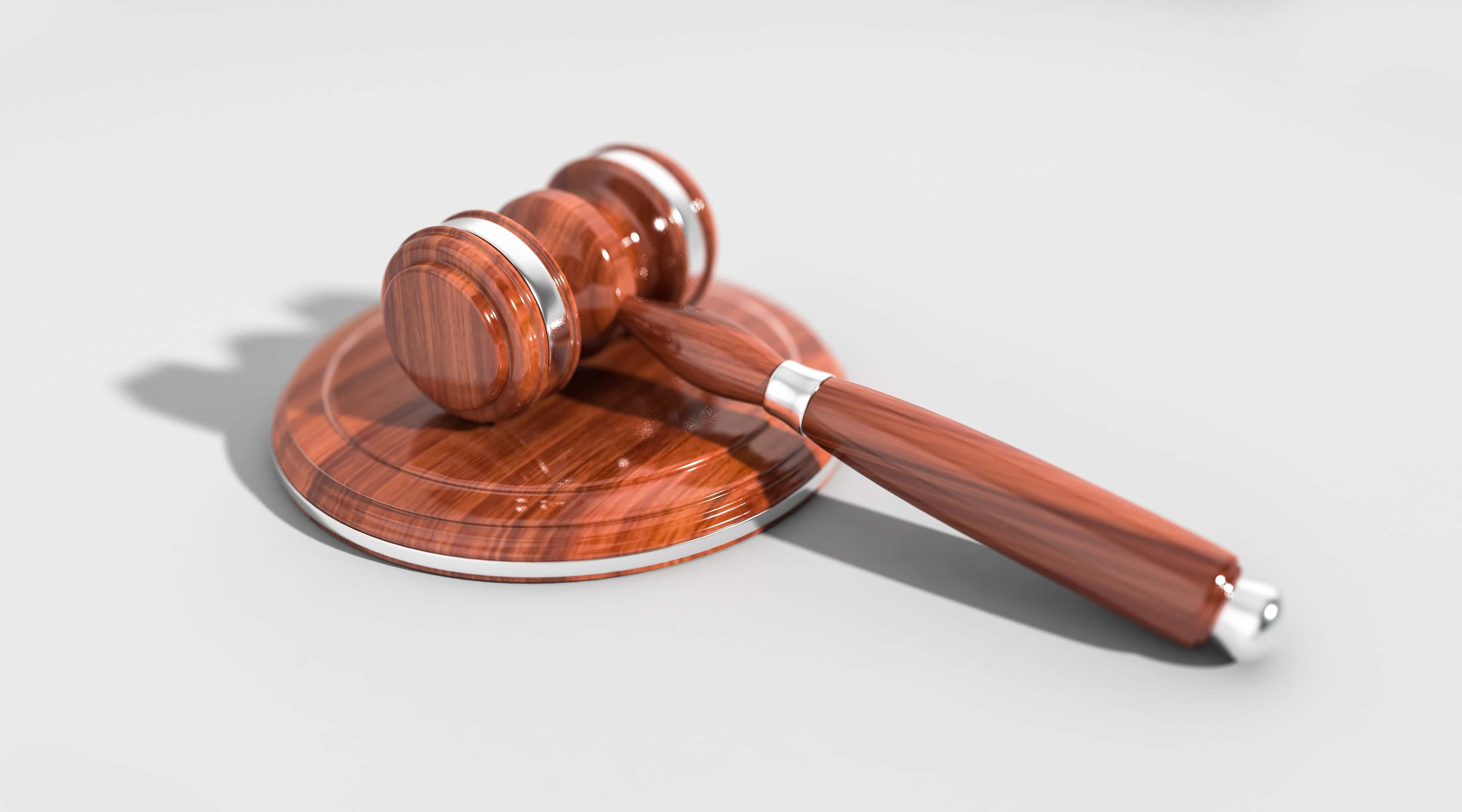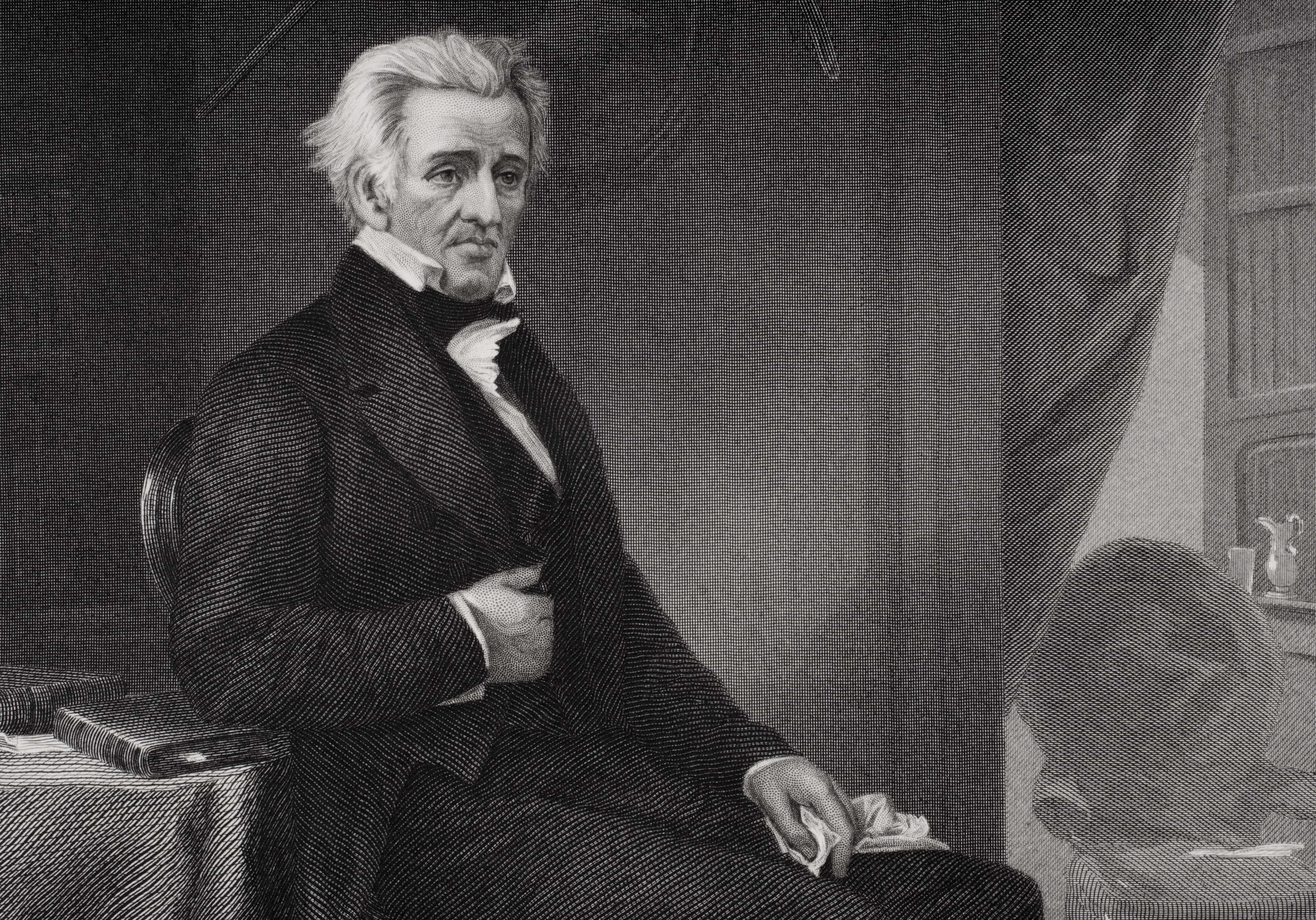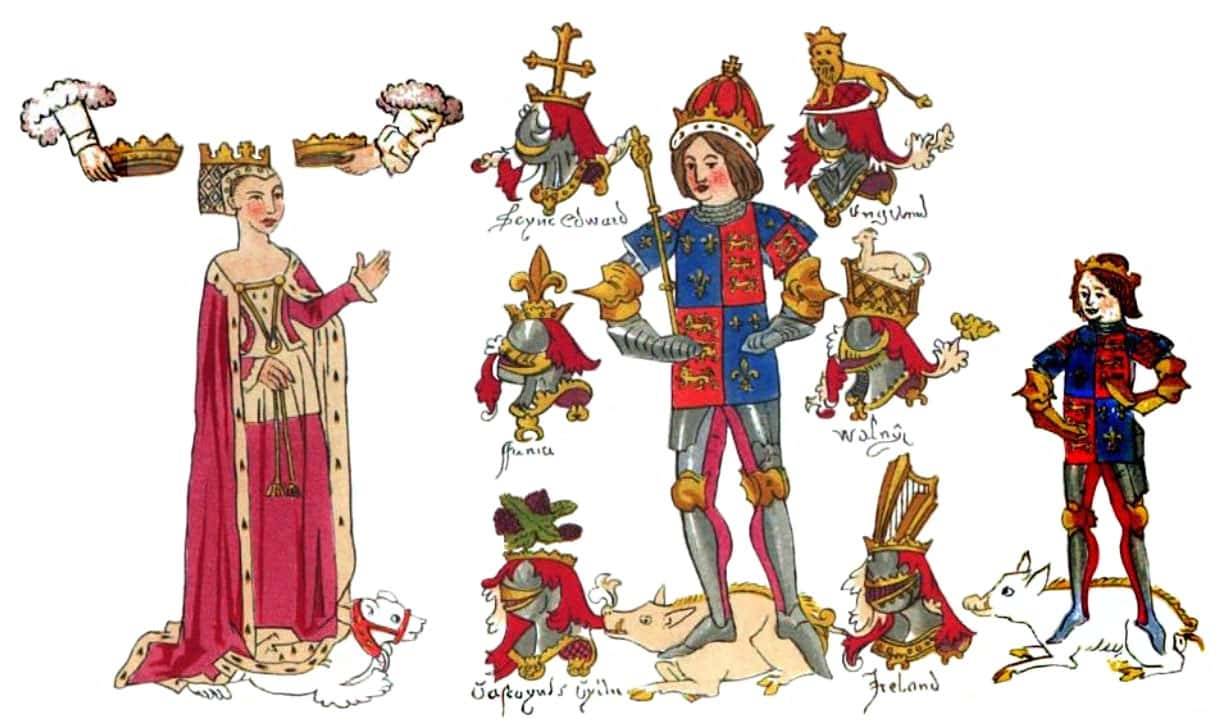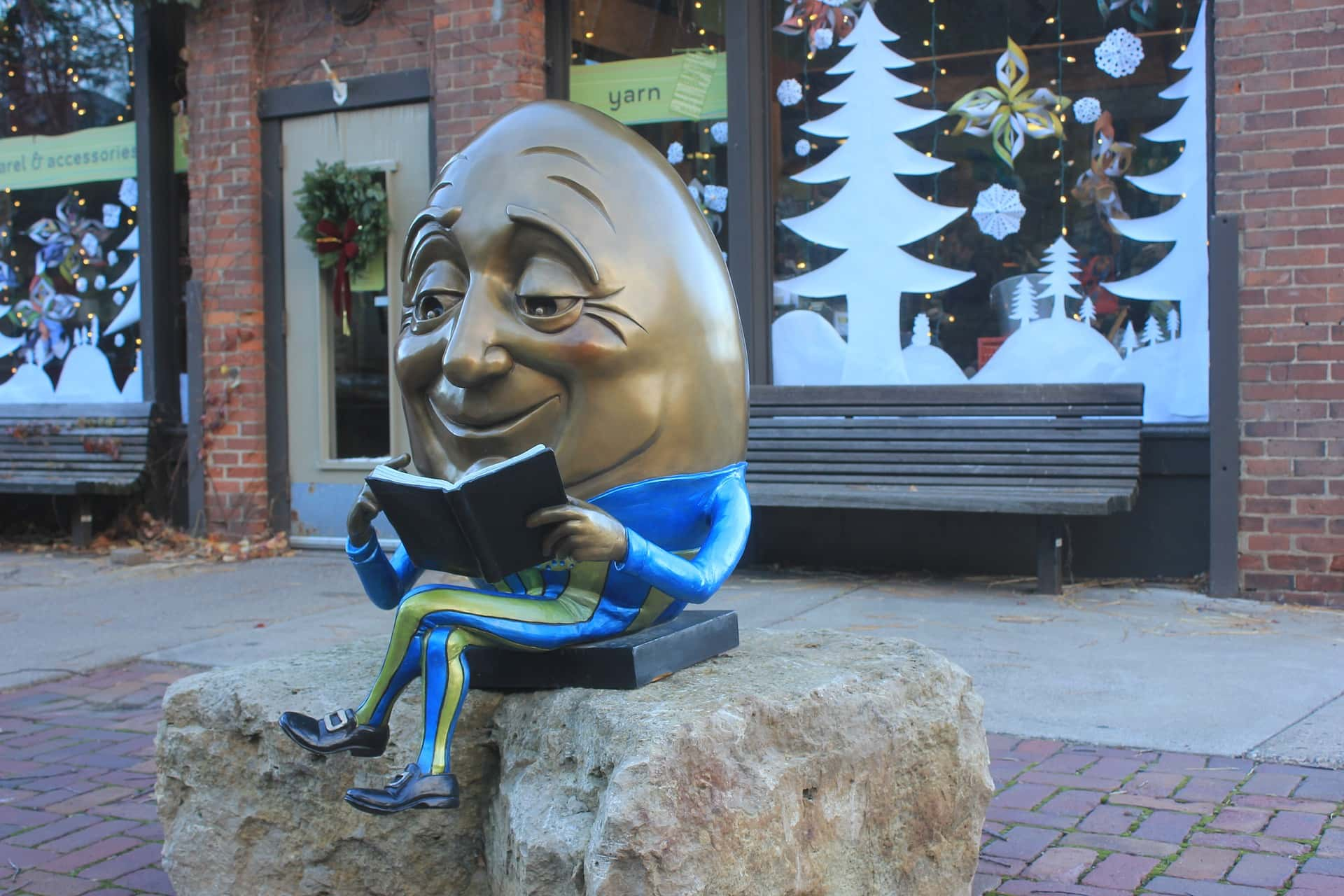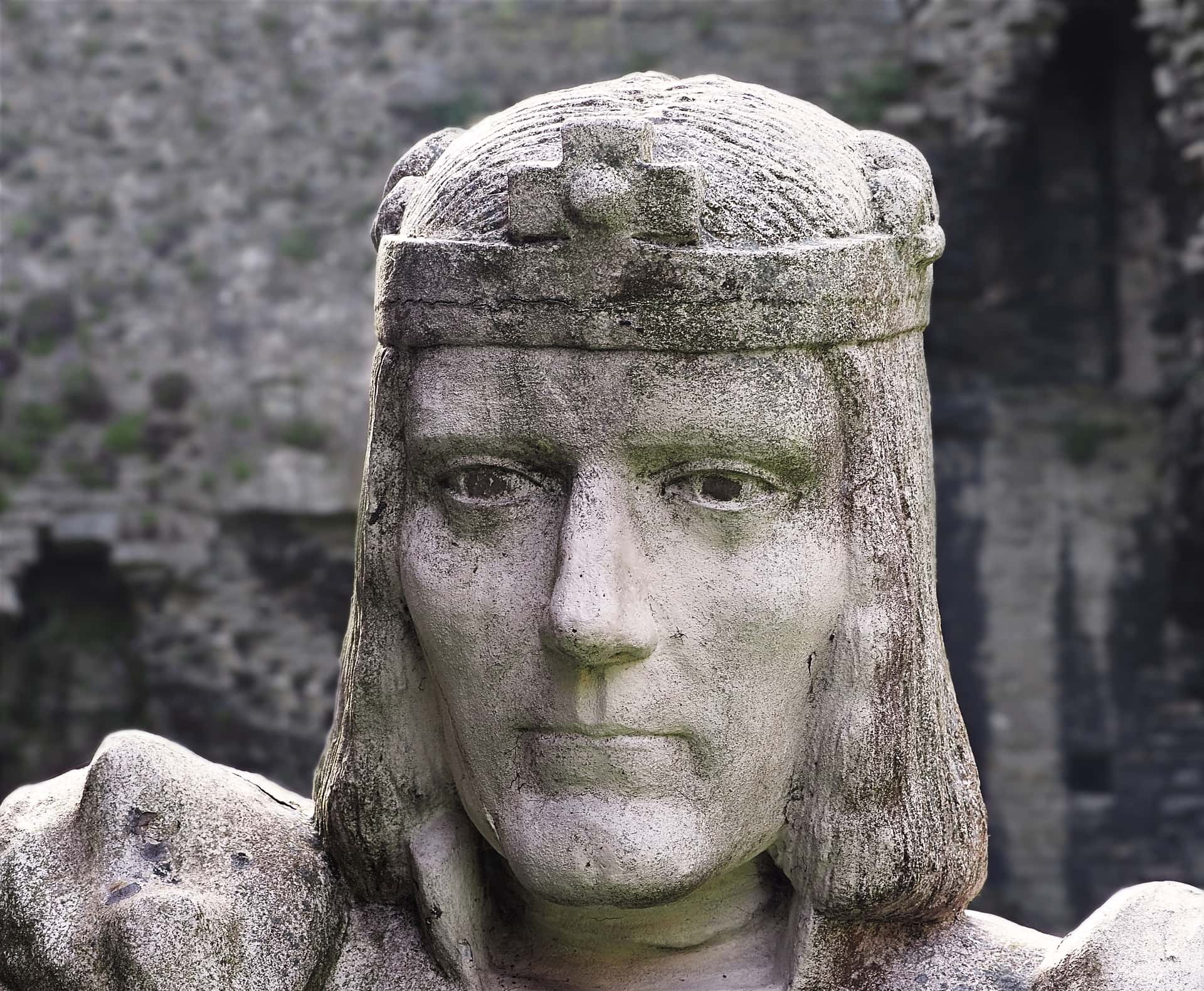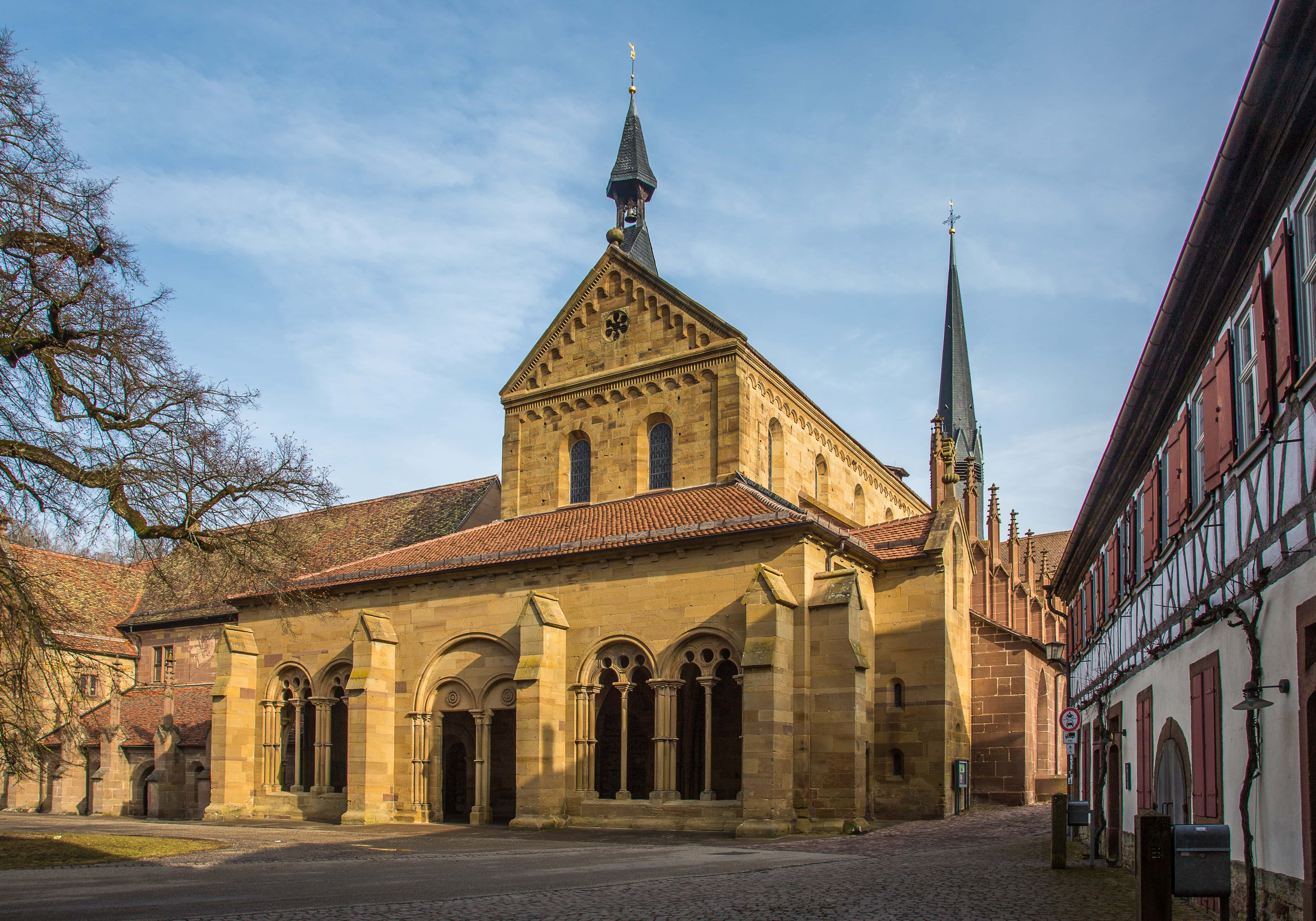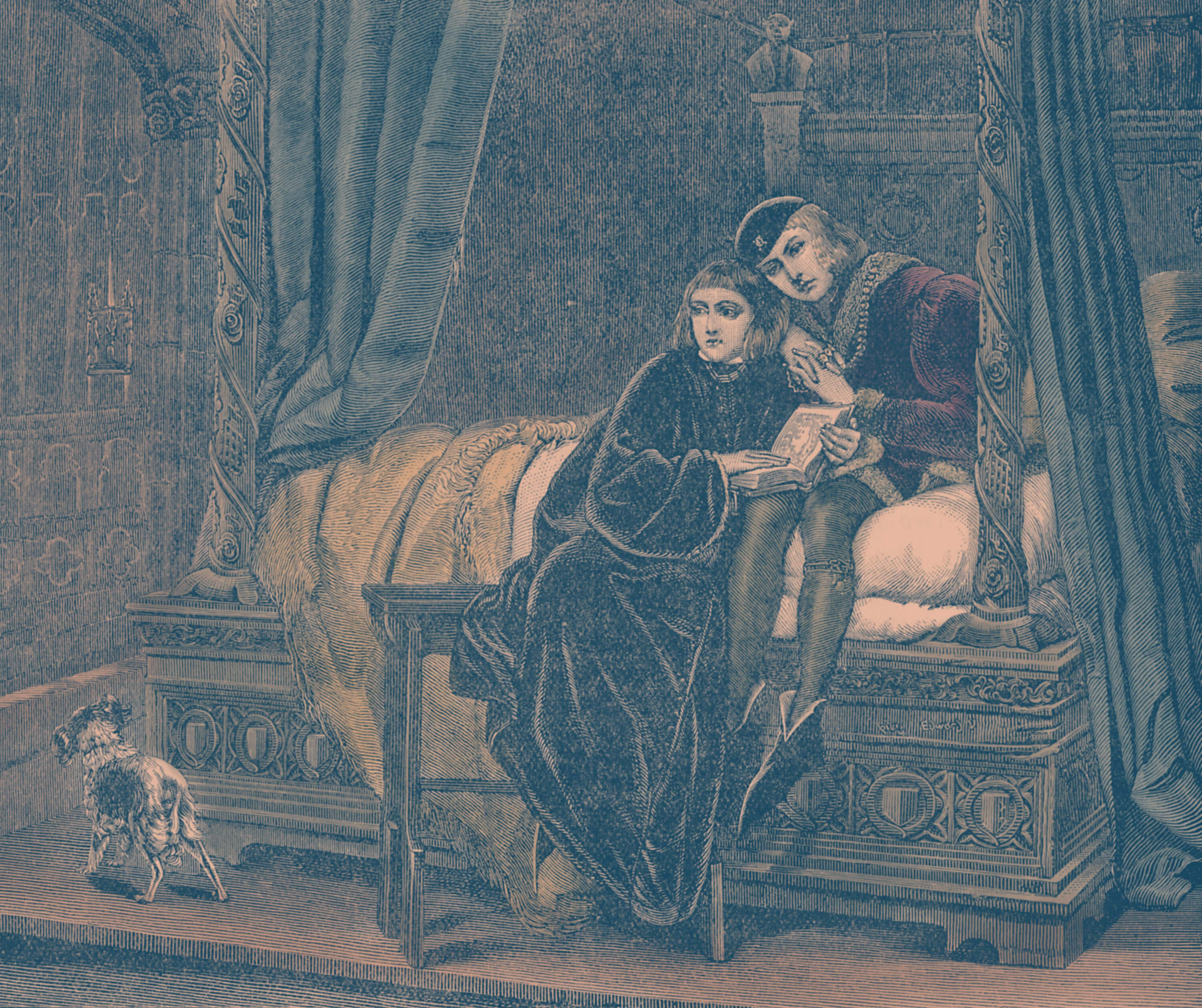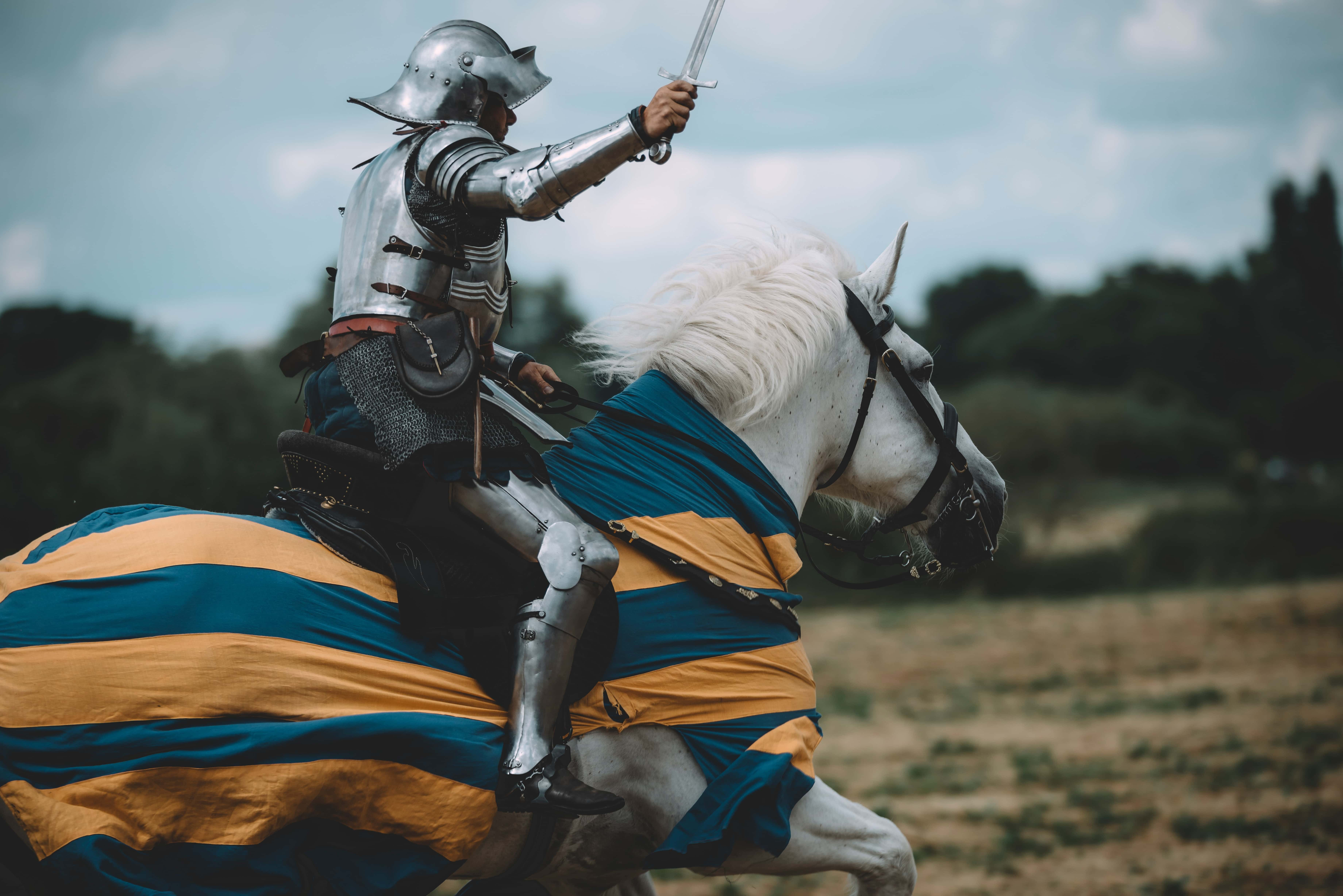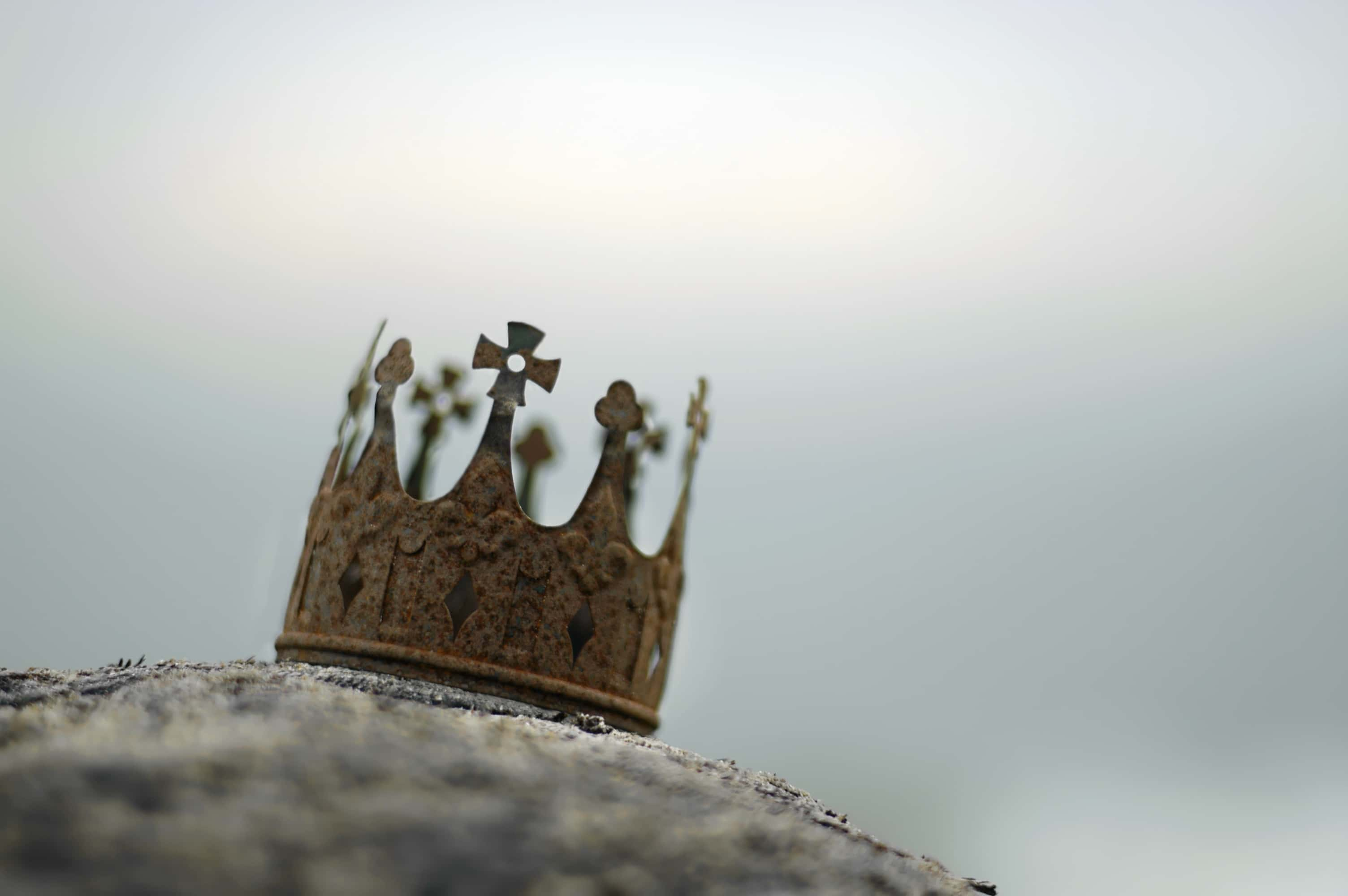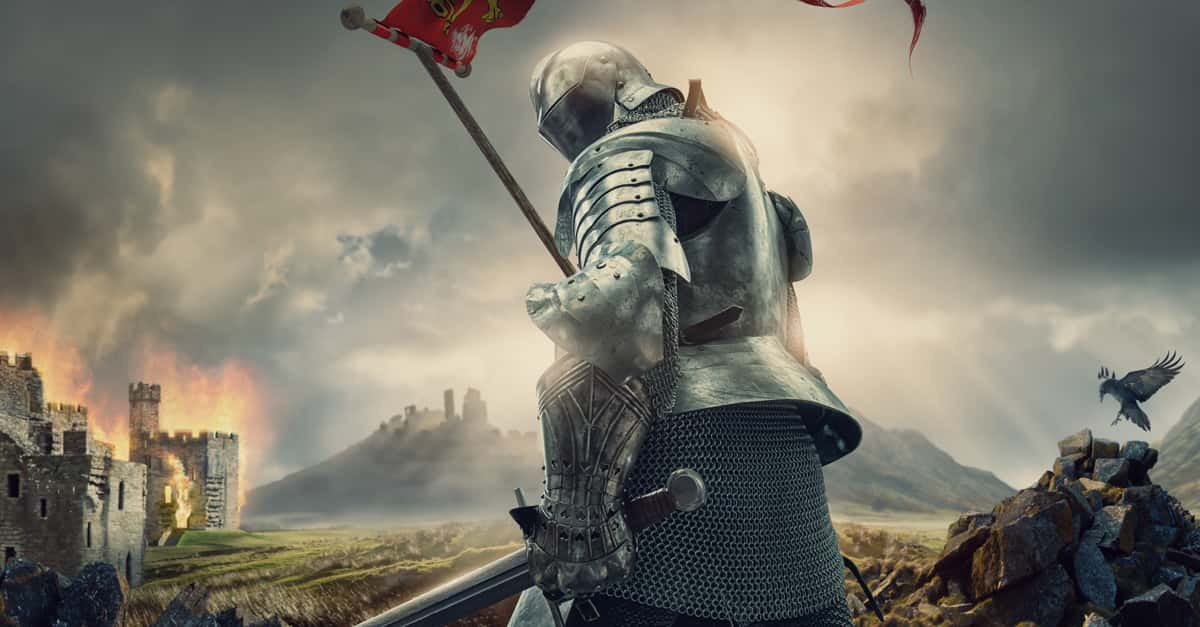“At the bar of history, Richard III continues to be guilty because it is impossible to prove him innocent. The Tudors ride high in popular esteem.”—Jeremy Potter
After centuries of being villainized by countless writers and historians, not least of which being William Shakespeare, you might be forgiven in thinking that Richard III’s story is very straightforward. He is the Machiavellian king, the one who climbed his way to the throne on the bodies of his brother, nephews, and who knows how many others. But is this really the Richard who lived and died all those years ago? Was his defeat at Bosworth Field the herald of a golden time, or was it far more complex than that? Find out more about Richard III below.
Richard III Facts
42. Richard the Scapegoat
Most people are familiar with William Shakespeare’s play Richard III, which immortalized the image of a misshapen grotesque who uses deceit and treachery to murder his way to the throne. However, Shakespeare was far less interested in historical accuracy than pleasing his monarch. Queen Elizabeth I, who was a patron of Shakespeare, was the granddaughter of Henry Tudor, the man who defeated Richard at Bosworth Field and became Henry VII.
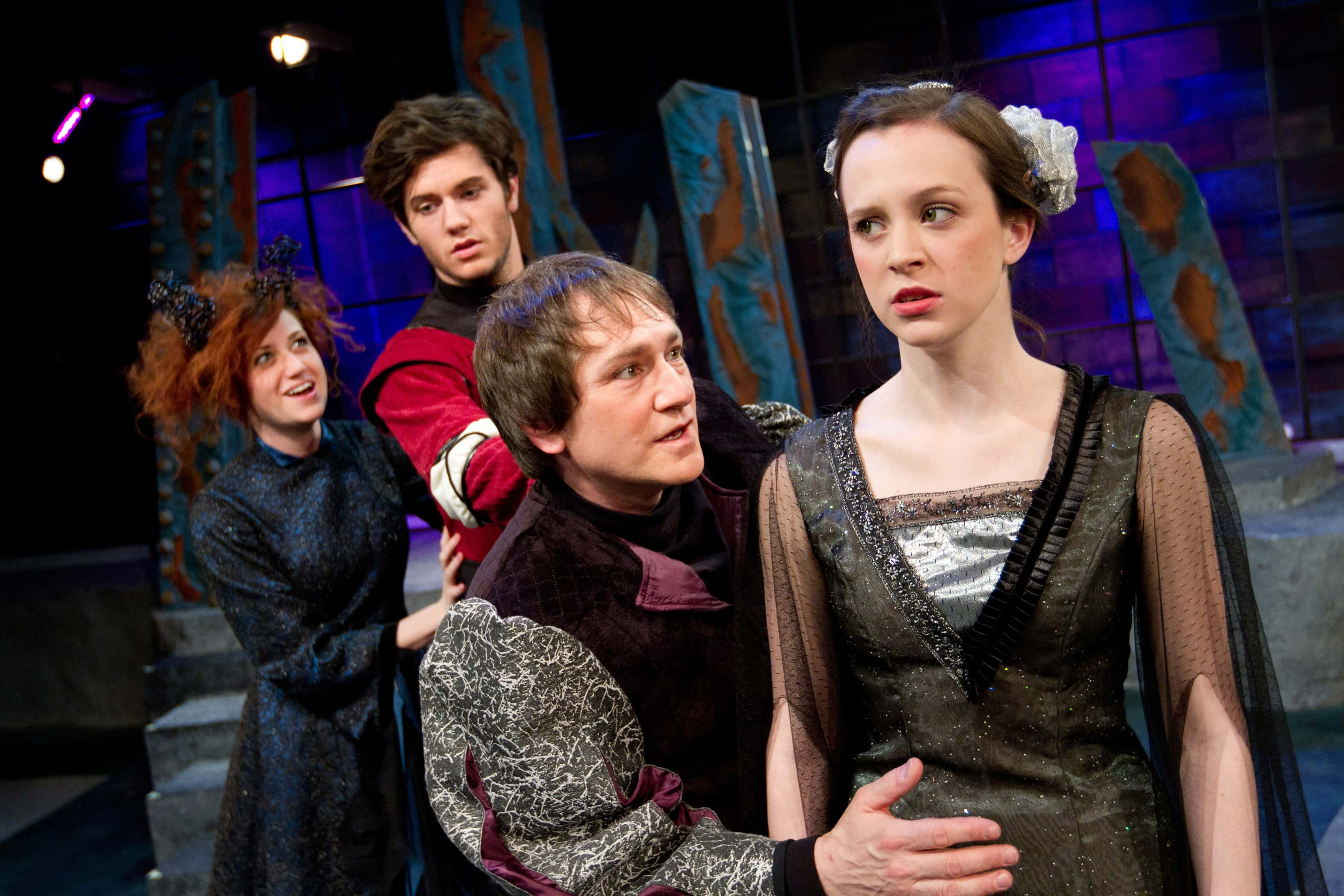 Wikimedia Commons, Otterbein University Theatre & Dance
Wikimedia Commons, Otterbein University Theatre & Dance
41. The Tetralogy
Unless you continued English classes after high school, you might not know that Shakespeare’s Richard III was actually the fourth play in a series. Shakespeare wrote four plays which covered the Wars of the Roses, Richard’s reign in the aftermath, and his death. Richard appears in Part 2 and Part 3 of the Henry VI trilogy, serving as a protagonist who hints often at his own bitterness and malevolence. Richard also commits some of the more violent acts of the protagonists, such as his ruthless murders of Henry VI and his son, Prince Edward.
40. Killing Henry
Contrary to Shakespeare’s play (which is a phrase you’ll see a lot on this page), Richard was likely not the man who killed King Henry VI when he was imprisoned in the Tower of London. Henry’s death is given as the 23rd of May 1471, and historical records indicate that Richard was nowhere near London that day. But it makes for a great ending to a play, let’s be honest!
39. Hunchback, I Ain’t
One of the classic traits associated with Richard is his deformed body, specifically his hunch-backed posture. However, contemporary sources make no mention of such obvious deformities. One shoulder was described as being slightly higher than the other, while the more slanderous claims came after his defeat and death. When his skeleton was finally rediscovered (more on that later), a medical examination verified that he must have had a case of idiopathic scoliosis. However, the condition didn’t appear to cause the sort of hunchback that Richard’s critics saw fit to give him.
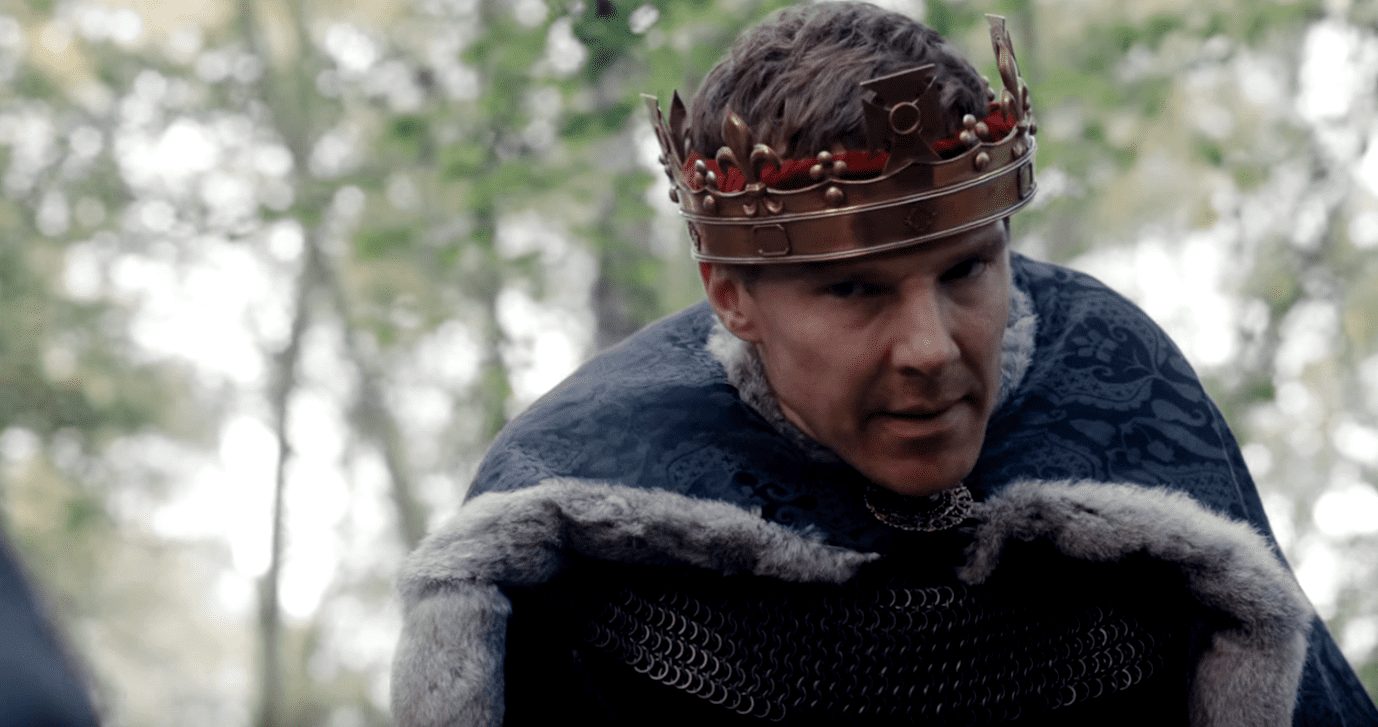 the hollow crown Richard iii
the hollow crown Richard iii
38. I Wasn’t a Senior Citizen!
One very strange trend in the film portrayals of Richard is that he is constantly played by actors far too old for the part! Richard was only 32 when he died, yet he has been portrayed by a 47-yeard old Laurence Olivier, a 51-year-old Vincent Price, and a 56-year-old Ian McKellen. One of the few actors who came close to being age-appropriate was Benedict Cumberbatch, who played Richard in the TV film The Hollow Crown when he was 38.
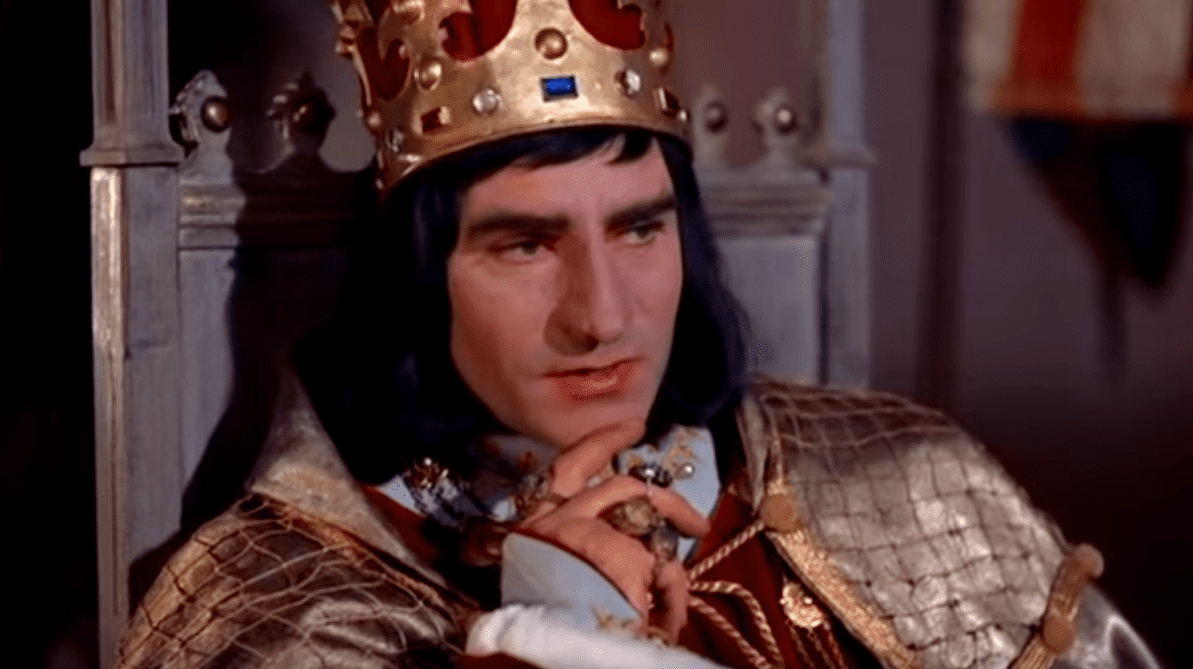 Richard III, 1955
Richard III, 1955
37. Still a Boy
Contrary to Shakespeare’s depiction of the Wars of the Roses (see what we mean about that phrase?), Richard was actually younger than his ill-fated brother Edmund, who is portrayed as Richard of York’s youngest son. In fact, Richard was only eight years old when his father and Edmund were killed after the Battle of Wakefield!
36. “Verily, an Offer You Shan’t Refuse!”
American thespian Al Pacino acted as Richard in a production of Shakespeare’s Richard III on Broadway in 1979. Years later, Pacino would reprise the role in a 1996 documentary titled Looking for Richard (which he also directed).
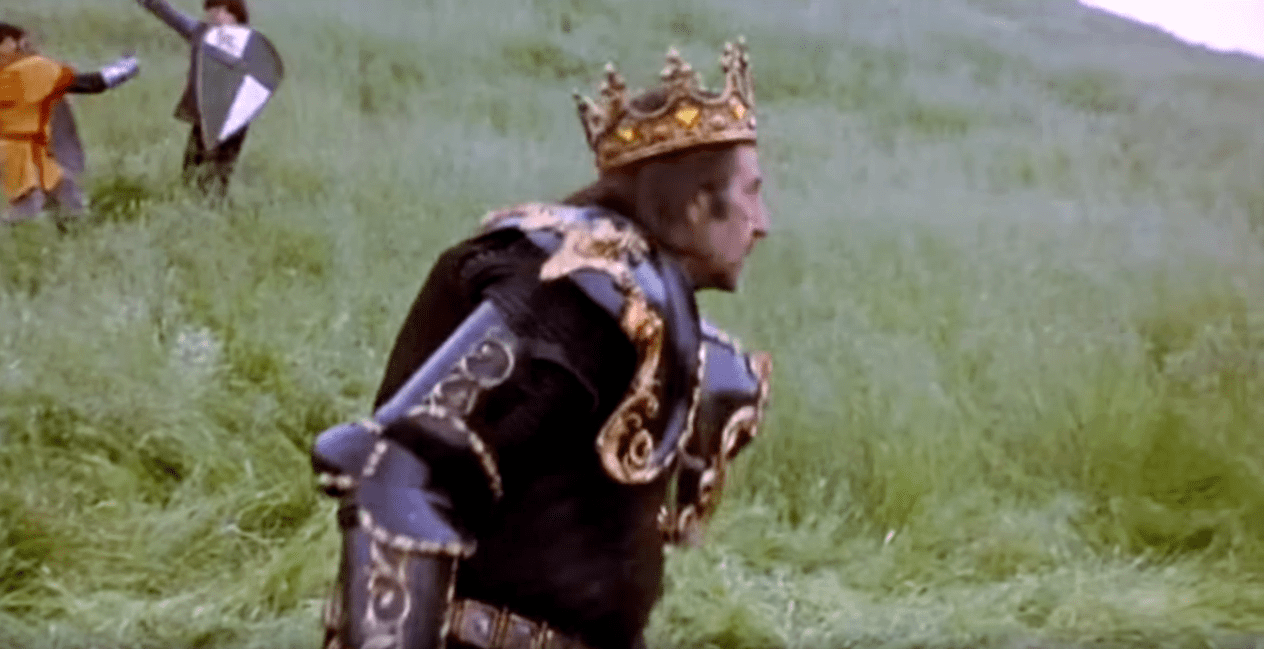 Looking for Richard
Looking for Richard
35. Happy Birthday
Richard was born on the 2nd of October 1452. Incredibly, he was the twelfth of thirteen children! His parents were Cecily Neville and Richard Plantagenet, also known as Richard of York.
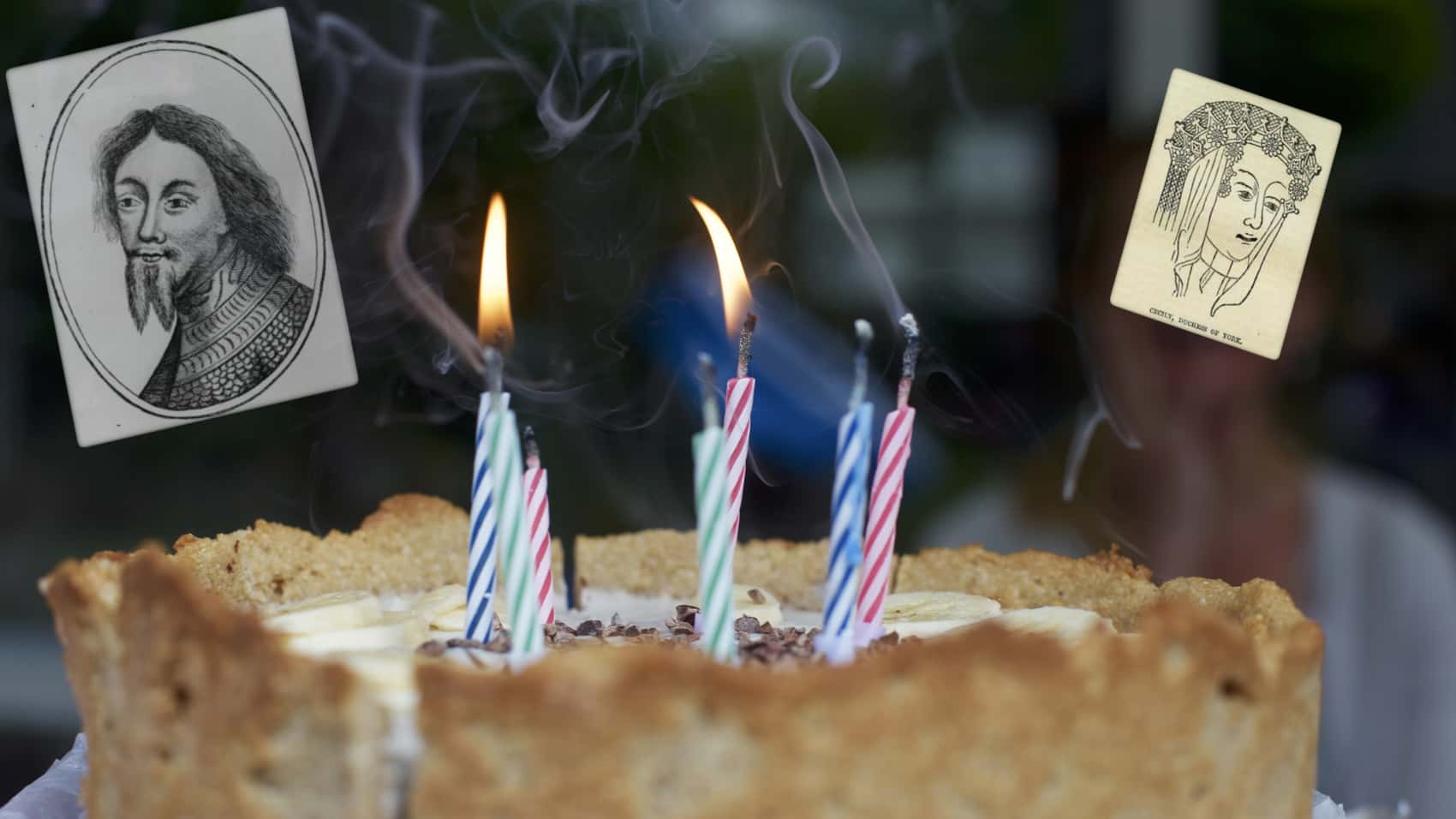
34. Finishing Last
Richard was the last king of both the House of York and the Plantagenet dynasty. Before Richard, the Plantagenets had ruled England for more than three hundred years!
33. Don’t Break My Streak
Richard holds one title that I'm sure he would have preferred to avoid: As of 2018, Richard is the last King of England to die in battle. It’s a record that he seems very sure to keep (unless we just jinxed it by saying that).
 The hollow crown Richard iii
The hollow crown Richard iii
32. A Quick Retreat
Richard, along with his brother George, was sent by their mother to stay in the Low Countries (the Netherlands) in the aftermath of their father’s cruel end. They didn’t return to England until their brother Edward's victory at the Battle of Towton, which occurred a year later. Richard was named the Duke of Gloucester at this time.
31. How Little were his Fingers?
During Richard’s teenage years, he lived with Richard Neville, the Earl of Warwick. Living up to his future nickname, the “Kingmaker,” Warwick planned to not only put the House of York on the throne, but marry his daughters, Isabel and Anne, into said family. Ultimately, his ambitions were achieved when Anne eventually married Richard when he became king, though Warwick was dead by that point (more on that later).
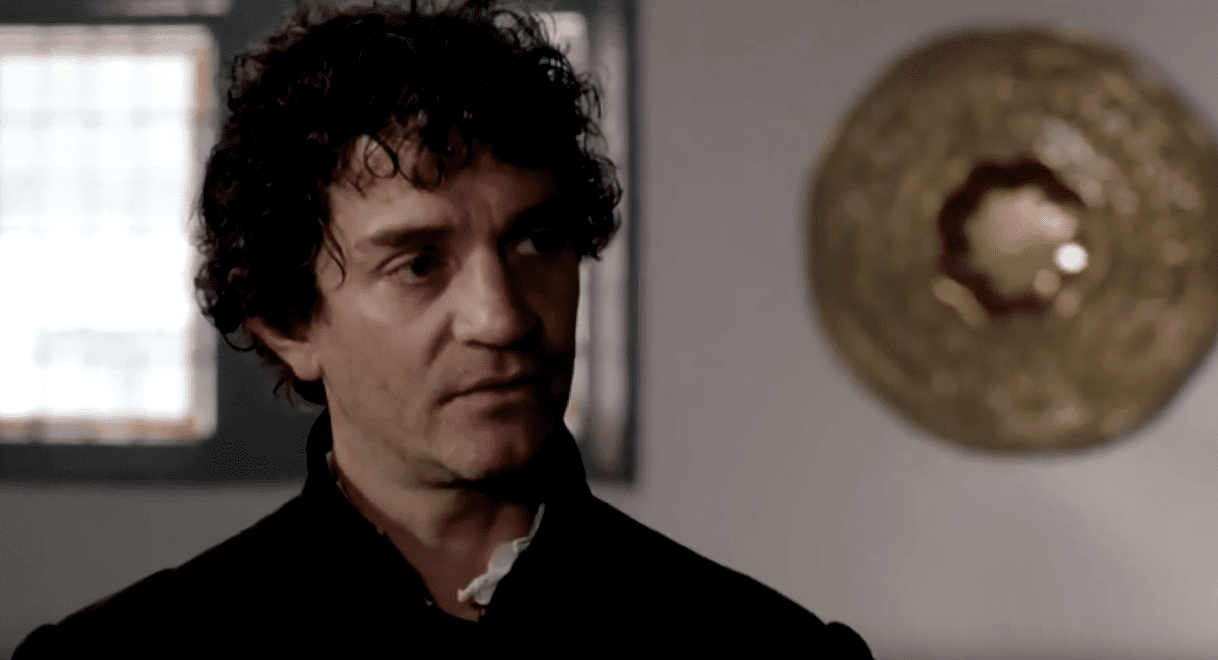 The white queen
The white queen
30. Should Have Gone with Hakuna Matata
Richard’s personal sigil was a white boar, while his knight’s motto was the Old French phrase “Loyaulte me lie.” Translated into English, that means “Loyalty binds me.” How ironic…
29. Some Setbacks
Edward, Richard’s eldest brother, was crowned King of England in 1461 following the Battle of Towton. Henry VI and his Lancastrian allies were on the run. However, Edward then created a deep rift amongst his allies by impulsively marrying Elizabeth Woodville, a relatively low-level noblewoman. Despite his later reputation for treachery, Richard was one of the only people who stayed loyal to Edward in this time of turmoil. George, their other brother, defected, along with Warwick. Edward and Richard were forced to flee England as Henry VI was restored, and his son, (also named Edward) married Warwick’s daughter, Anne Neville.
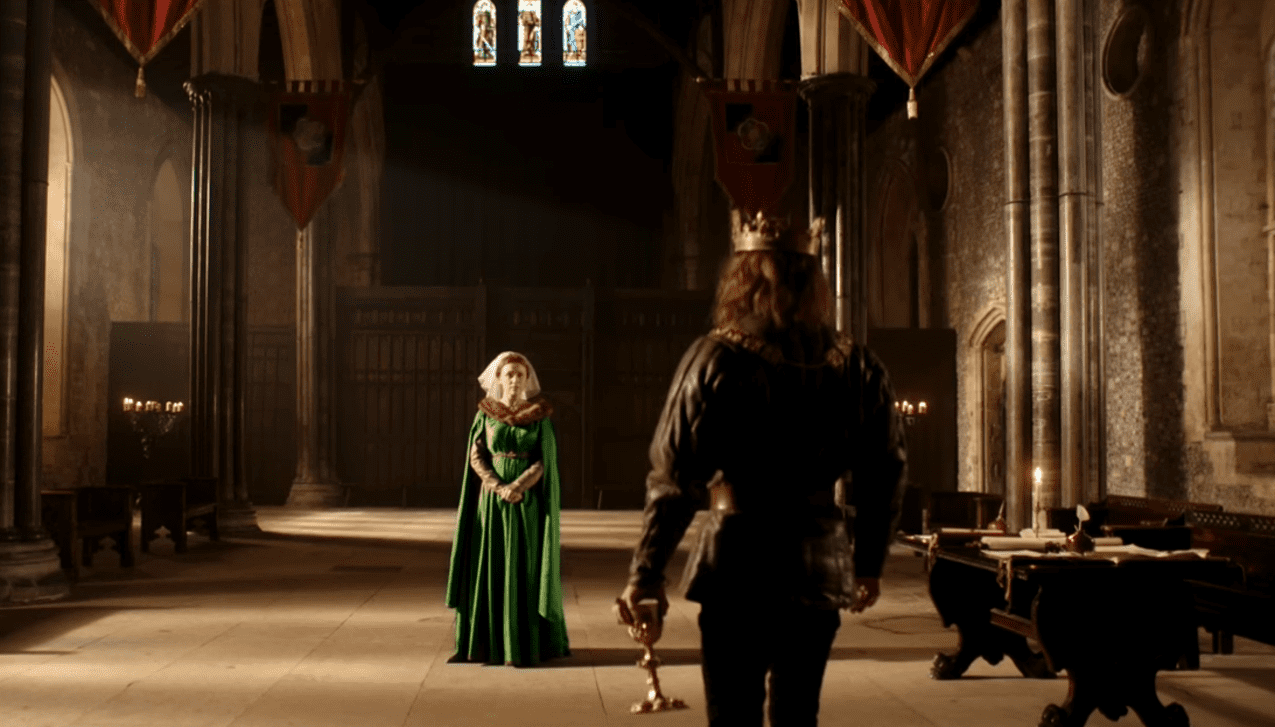 The Hollow Crown
The Hollow Crown
28. No Hard Feelings?
Richard and Edward would eventually turn the tide (along with their reconciled brother, George). Warwick was defeated and killed at the Battle of Barnet, and Prince Edward of Lancaster was killed at the Battle of Tewkesbury. With her father and husband dead, Anne would marry Richard in what must have been the most awkward wedding ever.
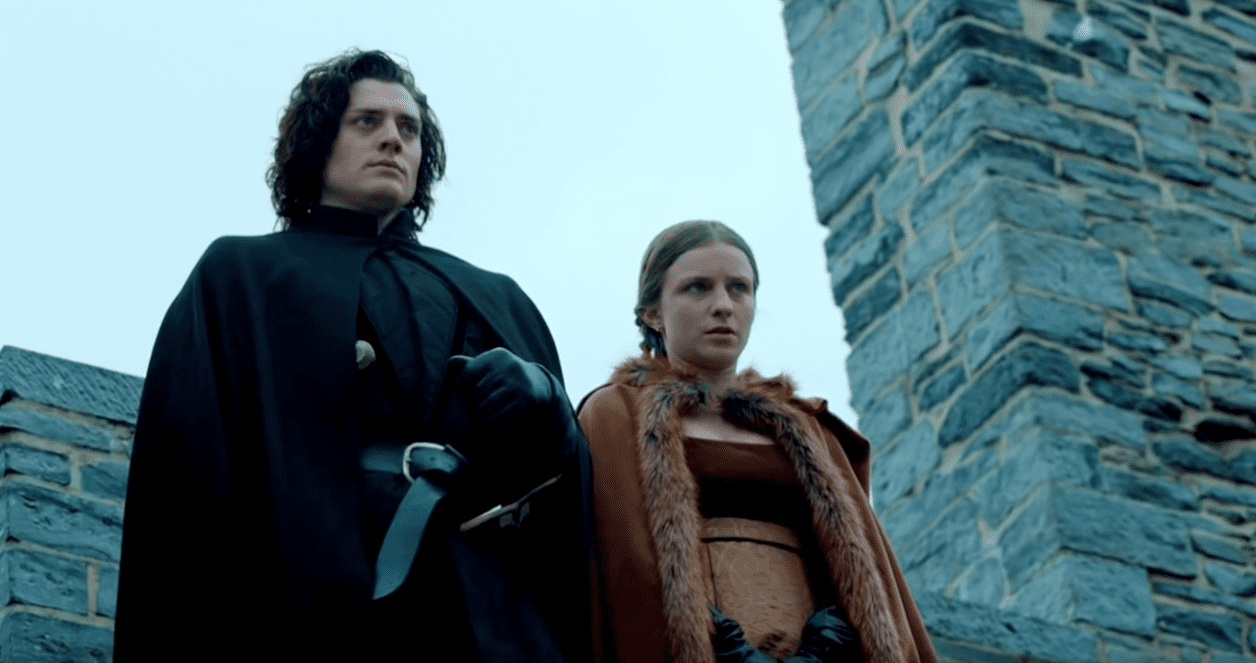 The White Queen
The White Queen
27. Starting Young
It’s become fashionable to view Richard as a devious villain, so one thing which has been forgotten is that he was a very brave warrior and active military leader. He played crucial roles in the battles which secured his brother’s throne, and he was only 18 at the Battle of Tewkesbury!
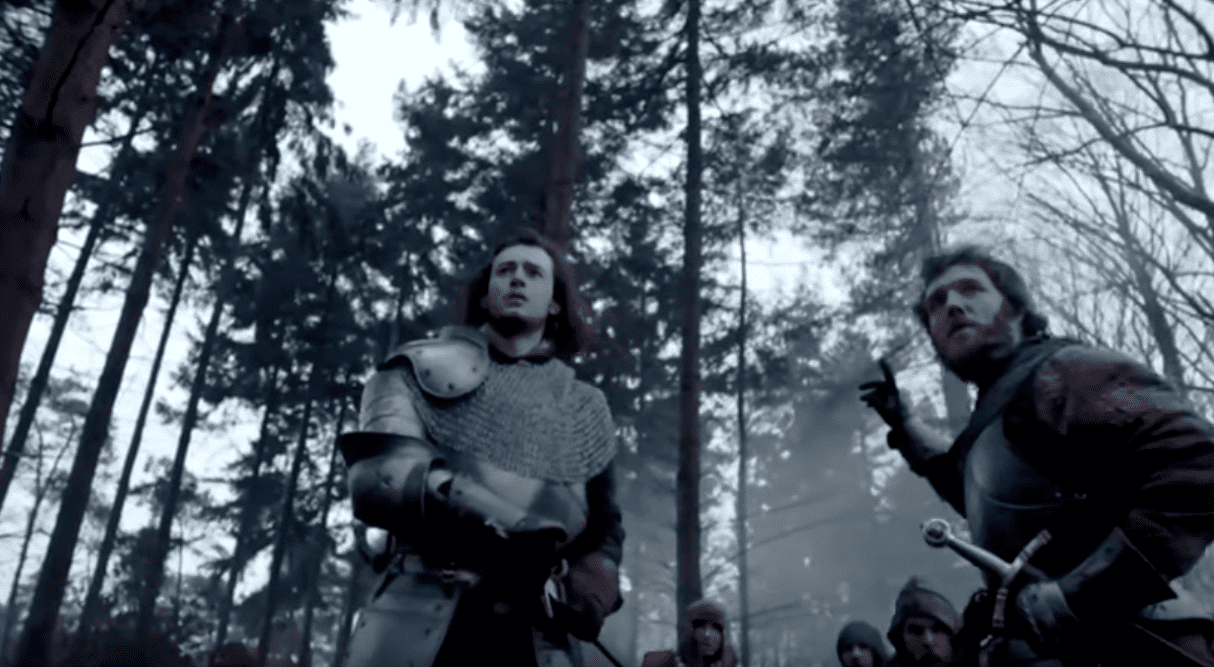 The white queen
The white queen
26. Now the Winter of Our Discontent is Coming…
Among the many titles given to Richard during his brother’s reign as King was the title “Governor of the North.” Small wonder that he was “the richest and most powerful noble in England.”
25. What a Crappy Deal
A rather non-complimentary tribute to Richard can be found in the dialect known as Cockney Rhyming Slang, in which the expression “Richard the Third” translates into “turd.” Not exactly something to brag about.
24. Justice for All
As king, Richard set up the Court of Requests in December of 1484. This court was an opportunity for the poor to make appeals for justice which they normally couldn’t afford to make. The Court of Requests would outlive Richard and survive until the time of the English Civil War.
23. “I Didn’t Kill My Wife!”
At the death of his wife, Anne, rumors spread that Richard had not only poisoned her, but that he was also going to take his niece, Elizabeth of York, as his new wife. These rumors were so prevalent, in fact, that Richard felt that he had to summon the lords of England and deny them. He did so on the 30th of March 1485, while also publicly threatening anyone caught spreading the rumors with imprisonment.
22. Husband and Father
Richard had one child with his wife Anne Neville. The couple had a son whom they named Edward (truly the most awkward name they could have chosen). Sadly, Edward died at just ten years old. Neville also died in 1485, just five months before Bosworth Field.
21. Royal Bastards
Excluding his short-lived son, Richard is known to have had two illegitimate children before he married Anne Neville (by all accounts he was completely faithful to her). While we know that the two children of Richard were a son named John and a daughter named Katherine, we don’t know their birthdays, the identities of their mothers, or the dates of their deaths. We only know that John was knighted in 1483 and Katherine was married in 1484.
20. Imitation is the Highest Form of Flattery
Four main characters from George RR Martin’s A Song of Ice and Fire book series share a lot of traits with Richard. Theon Greyjoy, the hostage raised among the Stark family, later betrays House Stark by seizing their castle and imprisoning the two youngest Stark boys, a la "Princes in the Tower." Theon is later tortured, deformed, and branded a murderer of his adopted kin (despite being innocent of actually killing them). Speaking of Theon, Eddard Stark is the Lord of the North and King Robert’s closest friend. Eddard discovers that King Robert’s children are not his, but is executed for treason when he fails to block their succession following Robert’s death.
Tyrion Lannister is physically deformed, albeit differently than Richard was, and he is falsely accused of killing his nephew and unjustly labeled as a plotter and murderer. Finally, Stannis Baratheon is Robert’s biological brother who fights for his cause despite being just a teenager. Like Eddard, Stannis figures out that Robert’s children are illegitimate and presses the claim that he is the true heir to the Iron Throne. Perhaps in a nod to Richard’s mixed reputation, Stannis is at least partially responsible for the death of his younger brother Renly and he wavers between being a cruel usurper and a heroic figure motivated by justice.
 Game of thrones
Game of thrones
19. A Past Life?
In 1835, US President Andrew Jackson was nearly assassinated by a man named Richard Lawrence. Lawrence was under the delusion that he was a reincarnation of Richard III of England. Frankly, we’re just wondering why Lawrence wouldn’t have gone after the English royal family if he really thought he was Richard.
18. My Line Has Ended!
While Richard was the last Plantagenet King of England, he wasn’t the last legitimate male member of the Plantagenet family. That dubious honor went to Edward, the Earl of Warwick, who was the son of the ill-fated George. Edward would be executed by Henry VII in 1499, presumably out of a desire to get rid of all those darn Edwards!
17. Quite the Reversal
Though Richard’s villainous portrayal in Shakespeare’s plays is what’s usually remembered today, it wasn’t the first attack written against Richard. The chronicles of historian John Rous praised Richard profusely when he was alive. However, after Richard’s death, Rous wrote that the king had been “stunted and distorted,” he had killed his own wife and Henry VI, and that he’d spent two years in his mother’s womb before being born with hair and teeth. Those Tudors must have been paying Rous a lot!
16. No Way!
Unbelievably, there is a theory which suggests that Richard was the inspiration for the nursery rhyme “Humpty Dumpty.” The theory claims that Richard, being a hunchback in the propaganda of the Tudors, is the one who has a great fall (referencing Bosworth Field). However, there is no hard evidence to support this theory.
15. That’s Gonna Hurt in the Morning!
Studying Richard’s skeleton revealed that he’d suffered ten wounds when he died: “four minor injuries on the top of the skull, one dagger blow on the cheekbone, one cut on the lower jaw, two fatal injuries on the base of the skull, one cut on a rib bone, and one final wound on the King’s pelvis, most probably inflicted after death.” And that’s only the wounds to his bones. Who knows how many wounds he suffered aside from those!
14. Fakers Beware!
Believe it or not, Richard spent a significant part of his reign clamping down on fraudsters. He imposed severe punishments for those who sold wine and oil while lying about the actual percentages of wine and oil. We can imagine the winos of England appreciated this kind of regulation.
13. What are the Odds?
In 2012, an expedition to find Richard’s remains led to the former grounds of Greyfriars Church. Part of these grounds were now part of a parking lot. In a bit of superb coincidence, Richard’s body was found under a reserved parking space marked “R.”
12. If Only He’d Been Buried with his Social Security Number
In order to identify the skeleton they found in the car park, the expedition found a descendant of Richard’s older sister. A mouth-swab was obtained to compare mitochondrial DNA. The scientists found a match, and Richard was positively identified after centuries of anonymity.

11. May He Rest in Peace
With the identification of Richard, it was initially agreed that his body would be laid to rest in Leicester Cathedral. However, some people who claimed a distant blood relation to the former King declared that Richard should rest in York, which seemed more fitting. After a legal case was brought up about it, the challengers were defeated, and Richard went to Leicester Cathedral as planned.
10. No Thanks!
Although Richard never remarried upon the death of his wife, he was in negotiations for a second wife at the time of his death. King John II of Portugal’s sister was the potential bride, even though she was reportedly uninterested in marriage in favor of a life devoted to God.
9. Freedom of Speech Forever!
One of Richard’s more unique laws was, in fact, a ban on censoring books. You read that right! Under Richard’s rule, it was forbidden to block the printing or sale of any book, regardless of the content. How ironic that it would later be writers who would forever stain Richard’s reputation!
8. On a Trip with Uncle
Richard was named Protector of the Realm when his brother, King Edward IV, died in 1483. Edward IV’s son and heir, also called Edward, was declared king. However, barely a month after Edward IV’s death, Richard took his nephew to London due to a supposed plot which he had uncovered. Edward V was placed in the Tower of London’s royal apartments, where he would have been staying anyway to await his coronation. Richard later brought Edward V’s brother, George, to stay with him.
7. What a Lucky Turn!
On the 22nd of June, the day which was meant to be Edward V’s coronation day, Richard instead benefited from a sermon preached that day in Old St. Paul’s Cathedral. The sermon declared that Edward IV’s children were illegitimate since Edward IV’s marriage to their mother was invalid. Richard was said to be the true heir, and the people of London were convinced enough to petition Richard to be king. Richard was crowned on the 6th of July 1483. It remains uncertain just what kind of role he played in the aforementioned events, though they certainly worked out quite well for him.
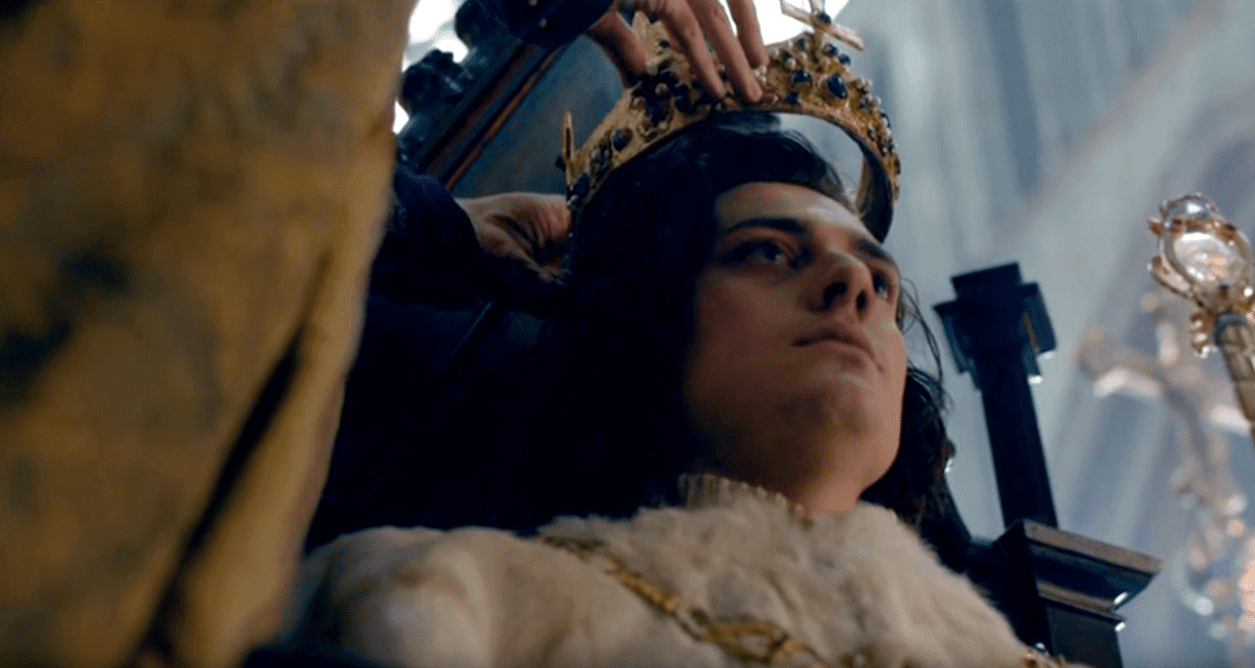 The White Queen
The White Queen
6. Two Lives Cruelly Cut Short
Edward and George, the two Princes in the Tower, as they were called, were never seen again after Richard’s coronation. It remains uncertain what really happened to them, though Richard remains the most favored suspect behind their demise.
5. “You’ll Never Take Me Alive!”
As another example of Richard’s war prowess, when he was king he personally led a cavalry charge during the Battle of Bosworth Field in a daring attempt to kill Henry Tudor. Even his enemies admitted that Richard fought well; they reported that Richard killed several well-known knights and even came within a sword length of Tudor before he was surrounded and slain.
4. O Brother, How Couldst Thou?!
Richard and Edward IV’s brother, George, was famously accused of treason and imprisoned in the Tower of London during Edward VI’s reign. An equally famous, but untrue, rumor is that his brother Richard was behind the arrest, prevented George from being pardoned by a remorseful Edward IV, and also had George drowned in wine. The opposite is actually true! Richard tried to prevent George’s death and it was Edward IV who pushed for George to be executed.
 The white queen
The white queen
3. Don’t Mess With Wales
According to some sources, Richard’s death came about when a Welshman named Rhys ap Thomas struck the King’s head with a halberd blade. Reportedly, “the blows were so violent that the king’s helmet was driven into his skull.”
2. A Traitor! My Kingdom to Kill that Traitor!
Allegedly, Richard spoke a single word in his final moments: “Treason!” He shouted this as he was fighting to the death, but it still isn’t confirmed why this word was on his lips. Most historians claim that this was likely due to the betrayal of Richard by Lord Stanley and his forces.
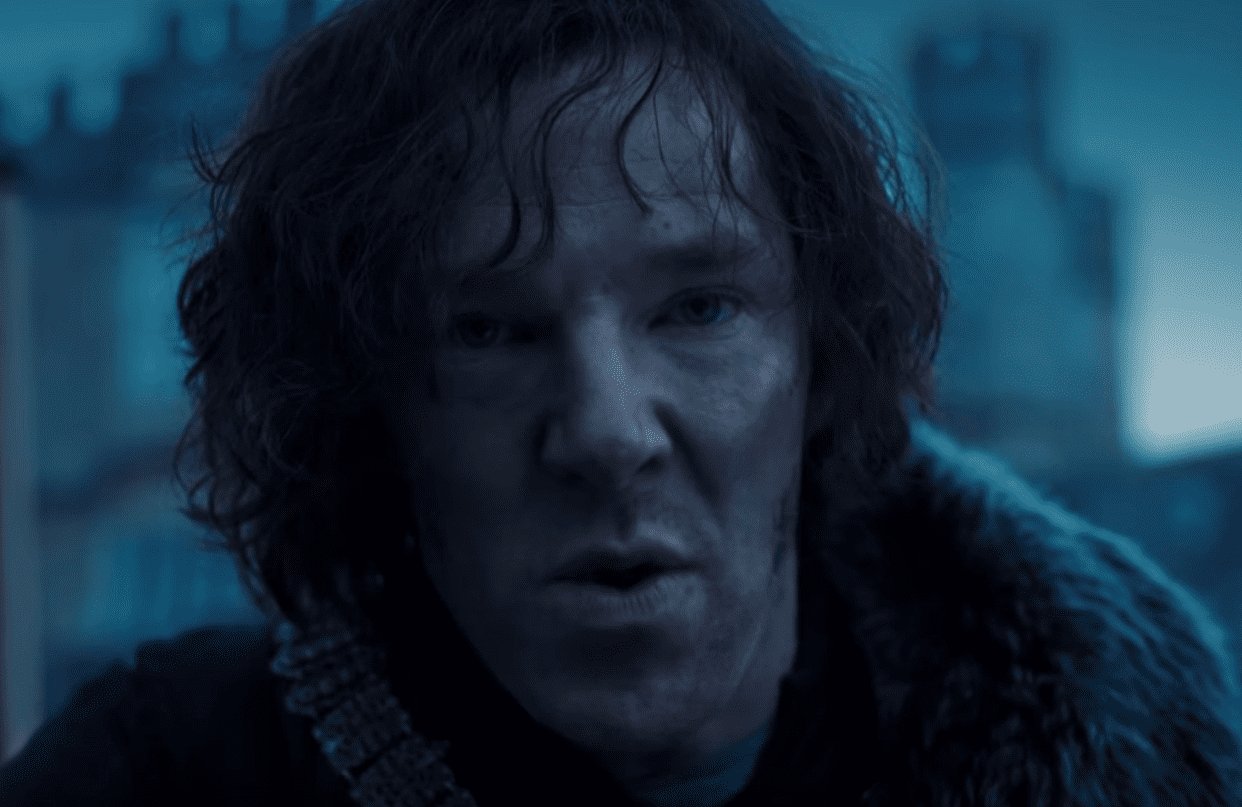 The Hollow Crown
The Hollow Crown
1. A Violent End
After Richard was killed, his body was subject to humiliation by the victories Tudor forces. The accepted belief (we can’t be 100% sure) is that Richard’s body was stripped naked and either dragged behind a horse or slung over it. Richard was then buried with the usual ceremony of an English King—Henry VII actually paid the equivalent of around £38,000 for a marble monument to his fallen rival. However, the location of Richard's grave was then lost, and so it remained for the next 400 years.

